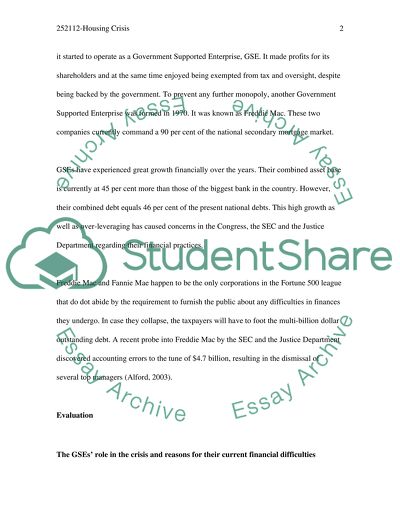Cite this document
(“Federal National Mortgage Association(FANNIE MAE) and Federal Home Essay”, n.d.)
Federal National Mortgage Association(FANNIE MAE) and Federal Home Essay. Retrieved from https://studentshare.org/miscellaneous/1549622-federal-national-mortgage-associationfannie-mae-and-federal-home-loan-mortgage-corporation-freddie-mac-and-the-housing-crisis
Federal National Mortgage Association(FANNIE MAE) and Federal Home Essay. Retrieved from https://studentshare.org/miscellaneous/1549622-federal-national-mortgage-associationfannie-mae-and-federal-home-loan-mortgage-corporation-freddie-mac-and-the-housing-crisis
(Federal National Mortgage Association(FANNIE MAE) and Federal Home Essay)
Federal National Mortgage Association(FANNIE MAE) and Federal Home Essay. https://studentshare.org/miscellaneous/1549622-federal-national-mortgage-associationfannie-mae-and-federal-home-loan-mortgage-corporation-freddie-mac-and-the-housing-crisis.
Federal National Mortgage Association(FANNIE MAE) and Federal Home Essay. https://studentshare.org/miscellaneous/1549622-federal-national-mortgage-associationfannie-mae-and-federal-home-loan-mortgage-corporation-freddie-mac-and-the-housing-crisis.
“Federal National Mortgage Association(FANNIE MAE) and Federal Home Essay”, n.d. https://studentshare.org/miscellaneous/1549622-federal-national-mortgage-associationfannie-mae-and-federal-home-loan-mortgage-corporation-freddie-mac-and-the-housing-crisis.


